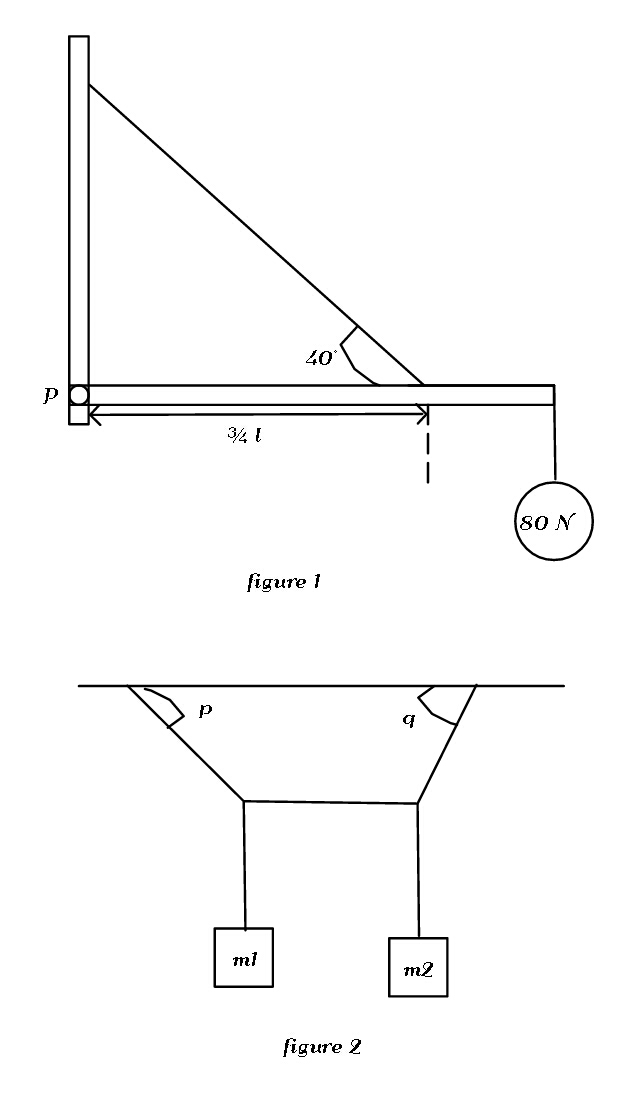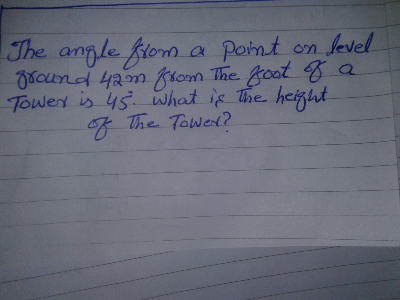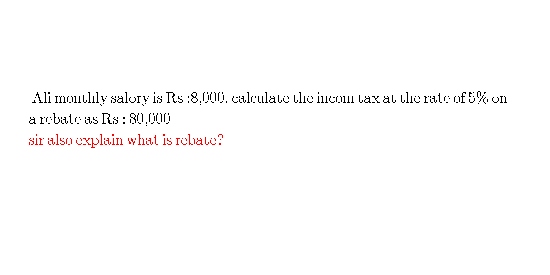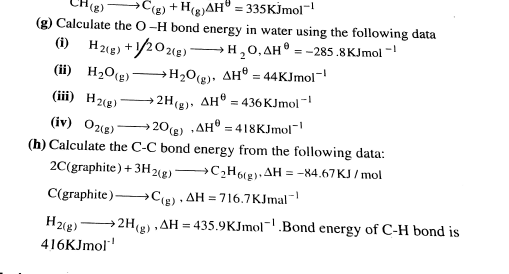
AllQuestion and Answers: Page 1391
Question Number 73964 Answers: 2 Comments: 0
Question Number 73948 Answers: 2 Comments: 1
Question Number 73940 Answers: 1 Comments: 0

Question Number 73913 Answers: 2 Comments: 0
Question Number 73910 Answers: 0 Comments: 6

Question Number 73909 Answers: 2 Comments: 1

Question Number 73901 Answers: 2 Comments: 0

Question Number 73896 Answers: 2 Comments: 1

Question Number 73918 Answers: 2 Comments: 2
Question Number 73884 Answers: 0 Comments: 0

Question Number 73872 Answers: 1 Comments: 0

Question Number 73847 Answers: 0 Comments: 4

Question Number 73919 Answers: 1 Comments: 3

Question Number 73840 Answers: 0 Comments: 0

Question Number 73838 Answers: 3 Comments: 9

Question Number 73832 Answers: 2 Comments: 7

Question Number 73828 Answers: 1 Comments: 3

Question Number 73818 Answers: 1 Comments: 1

Question Number 73817 Answers: 1 Comments: 0
Question Number 73816 Answers: 0 Comments: 8

Question Number 74339 Answers: 0 Comments: 2
Question Number 74338 Answers: 0 Comments: 0
$$\int{e}^{\mathrm{2}{t}} \mathrm{sin}\:{e}^{{t}} {dt} \\ $$
Question Number 74337 Answers: 1 Comments: 0
Question Number 73805 Answers: 0 Comments: 3
Question Number 73804 Answers: 0 Comments: 0

Question Number 73800 Answers: 0 Comments: 8
Pg 1386 Pg 1387 Pg 1388 Pg 1389 Pg 1390 Pg 1391 Pg 1392 Pg 1393 Pg 1394 Pg 1395
